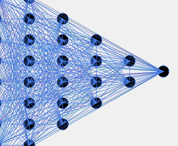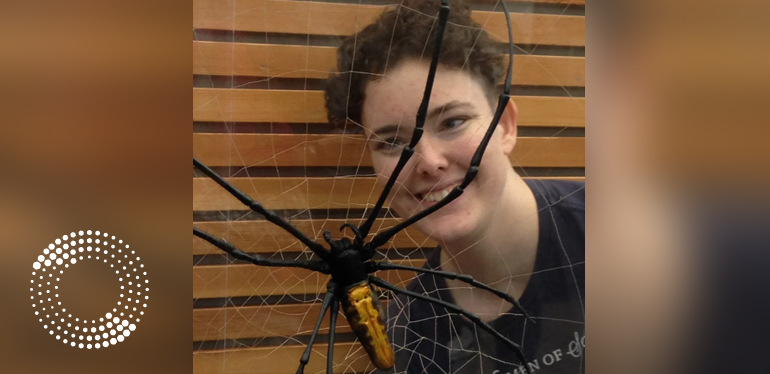Zuckerman Postdoctoral Scholar, Monica Mowery, publishes research in Biological Invasions
Zuckerman Postdoctoral Scholar Monica Mowery is conducting research at Ben-Gurion University of the Negev on whether invasive populations have behaviors that improve dispersal and spread more than native populations. Her findings were published in the journal Biological Invasions.
Paper Abstract:
Invasive species are common around the world, but we still do not know which traits are most important for successfully establishing in new environments. Different stages of the invasion process, including transport, introduction, establishment, and spread, can act as selective filters for different combinations of phenotypic traits. Theoretical and empirical studies predict that invasive populations should have suites of behaviors that improve dispersal and spread, including higher boldness, dispersal propensity, and activity levels than native populations.
In this study, we tested these predictions by comparing the morphology, life history, and behavior of an invasive population of redback spiders (Latrodectus hasselti), from Japan to a population of native spiders from Australia, with additional comparisons of another invasive population from New Zealand. We found that both a longer-established invasive New Zealand population and the more recently-established invasive population from Japan were more dispersive than the native population from Australia.
The invasive population from Japan showed elevated levels of sibling cannibalism relative to the native population, which may increase total reproductive success of females under food limitation. Spiders from Japan were also less bold in response to a simulated predator threat compared to native spiders from Australia. In contrast to the prediction that invasive populations would show uniformly fast life history traits, the invasive population from Japan was more fecund, yet took longer to develop than the native population under laboratory conditions. Overall, our results show that invasive populations are phenotypically distinct from native populations, with some behavioral, life history, and morphological traits that would increase spread (dispersal tendency, high fecundity) and persistence (sibling cannibalism) in new habitats.
 ISRAELI COUNCIL FOR HIGHER EDUCATION
ISRAELI COUNCIL FOR HIGHER EDUCATION MIT-Israel Zuckerman STEM Fund for Faculty Collaboration
MIT-Israel Zuckerman STEM Fund for Faculty Collaboration The Zuckerman Travel and Research STEM Fund at Harvard
The Zuckerman Travel and Research STEM Fund at Harvard Zuckerman AI Fund at Technion
Zuckerman AI Fund at Technion Alan Alda Communicating Science
Alan Alda Communicating Science Zuckerman Institute – ScienceAbroad
Zuckerman Institute – ScienceAbroad Zuckerman Institute – America-Israel Friendship League partnership
Zuckerman Institute – America-Israel Friendship League partnership


























